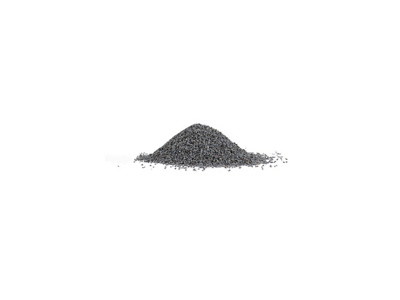At the end of this week, a normal off-the-shelf pregnancy test can be used to determine whether you are probably pregnant. The blastocyst finished implanting itself in the uterus at the start of week 4.
It also formed the chorion, which will continue developing to become the placenta. The chorion produces the pregnancy hormone hCG (human chorionic gonadotropin), which will continue to be produced by the placenta later on. Pregnancy tests measure the concentration of this hormone in your urine to indicate whether you might be pregnant.
At this stage, around 50% of blastocysts stop developing due to chromosomal defects, hormone deficiencies or circulatory problems. The result is a very early and unnoticed miscarriage.
If this does not occur, the real embryo growth begins. The cells in the inner part of the blastocyst start to differentiate and form three different cell layers. One layer of cells will later form the brain, nerves, sweat glands, hair and nails, skin, as well as the eyes and ears. The second layer will become the heart and circulatory system, the kidneys, spleen, sexual organs, bones, muscles and the deeper layers of skin. The third cell layer produces the lungs, liver, pancreas, thyroid, urinary tract and the digestive tract.
A high level of progesterone has a powerful calming effect on the muscles of the uterus, so that the embryo is not rejected. The rest of your body will also react to the various hormonal changes. This can lead to pregnancy symptoms like excessive tiredness, constipation or a more frequent need to urinate.
During the 3rd and 4th weeks of pregnancy, your baby is about the size of a poppy seed.

